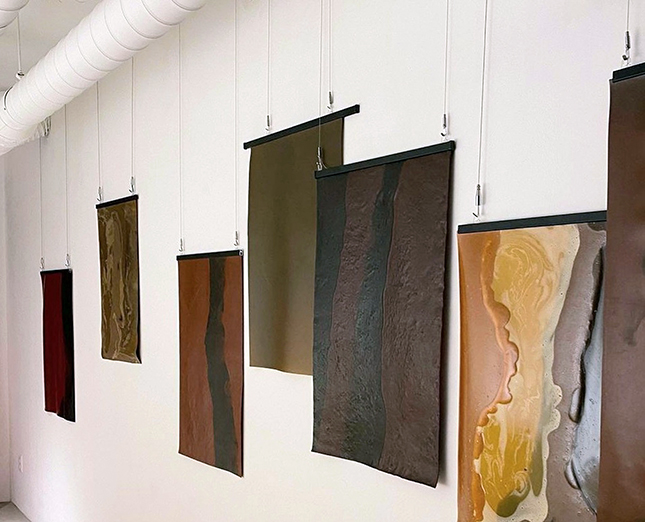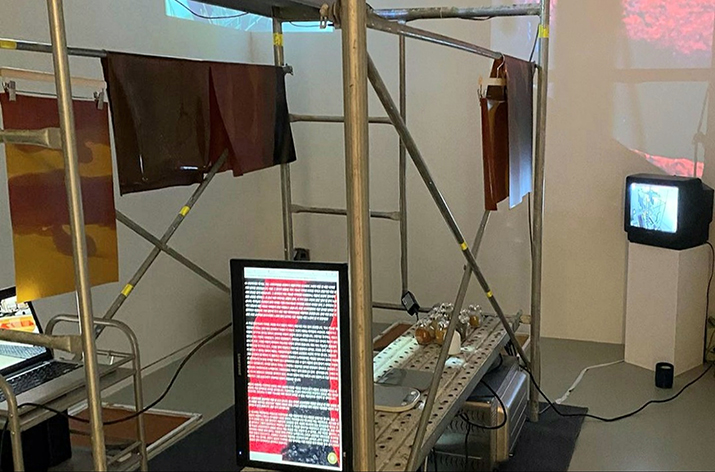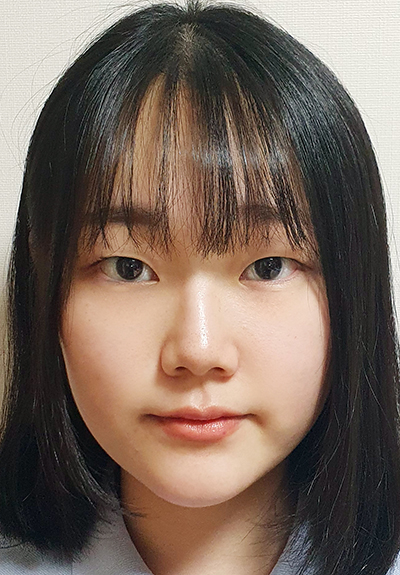Various forms of art have sparked social change by evoking empathy and understanding through the tacking of a wide range of issues, such as social injustice, the stigma of AIDS, the refugee crisis, and even war. Today, art is being increasingly used to look critically at problems that threaten society while also proposing future scenarios which is becoming known as “speculative design.” One of the areas that speculative design is being used in many societies/countries is the environment and its protection which has become one of the most paramount issues of the 21st Century. To get a firsthand experience of speculative design, I recently visited the Eye Love Art Center to attend a private exhibition for artist Soowon Chae entitled “Ocragela” (held from January 1 to March 31). The Eye Love Art Center, located in the Apgujeong district of Seoul, frequently holds art exhibitions and invites artists from various countries with the agenda of increasing awareness of newly developed, progressive artistic styles and genres.


The first pieces that caught my eye were ocragela fabrics of varied thickness, texture, flexibility, and colors that were hanging from the ceiling. Without knowing about the background of the artist or the exhibition, I initially thought that the fabrics were artificially-colored leather. These sustainable fabrics have different uses as they can be used to make sofas, chairs, benches, stools, and even tablecloths. The fabrics resembled and felt like real leather, but are more eco-friendly. I realized that, with effort on commercialization, ocragela has the potential to replace the controversial animal-skin leather in the near future.

There is a live exhibition every Friday as Chae visits the gallery and performs the process of making the ocragela in front of visitors. The day of my visit was not Friday so I unfortunately did not see the live show. I did, however, see videos of the demonstration (which were made as homage to the ancient murals drawn by primitive people to honor sacrificed animals). There were several mini-TVs situated throughout the room, with one video showing a general introduction to orcagela and Chae making the fabric out of pork and pig byproducts. Moving onto another TV to watch a different video, I was a little shocked watching his project “A Pig Trapped in The Cube,” which showed Chae using ground pig organs and blood to make the pigment for the painting. I was especially fascinated when Chae literally painted a picture of a pig using the pig-based paint: the gasps from the audience made me realize that I was not alone in my fascination.
At the end of the exhibition, the gallery owner, Céline Park, gave a presentation on speculative design and ocragela. The concept was introduced to forecast the social problems that are likely to occur in the future into four categories: Probable, Plausible, Possible, and Preferable. Each represented the social problems of the nearest future, close future that is not easily thought of, much further yet credible future, and the less realistic, virtual future. Chae’s concern for environmental conservation was clearly shown by his exhibition of ocragela. He didn’t only propose the fact that eco-friendly leather can potentially replace the noxious chemical-sprayed leather made from slaughtered animals, but also provided insight into sustainable designs for future generations. In particular, the short video of him painting a pig out of pigments made of its organs made me think once again about animals being sacrificed for humans’ greed.
As I walked out of the exhibition that day, I felt more like I had attended a lecture on saving the environment than a typical art show. I cannot speak for the artistic aspects of the presented artwork, but the education and food for thought that they were based on made me realize that we can support the environment by choosing to use sustainable and eco-friendly materials even for something that is “unpractical” as artistic creation.

Moonjeong Seo
11th Grade
Seoul Scholars International

